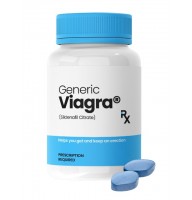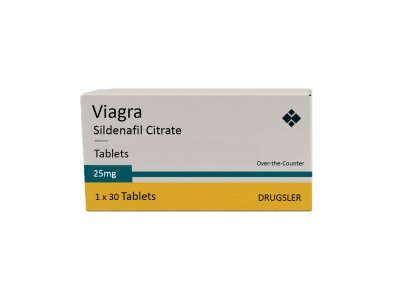The significant price difference of Viagra between Europe and the United States can be attributed to several factors. One major reason is the difference in healthcare systems and the way medications are priced and regulated. In many European countries, the government plays a significant role in negotiating drug prices, leading to lower costs for consumers. This contrasts with the United States, where drug prices are often determined by the market and pharmaceutical companies, resulting in higher prices.
Another factor is the availability of generic versions of Viagra. In Europe, generic versions of sildenafil, the active ingredient in Viagra, are more widely available and at a lower cost due to earlier expiration of Pfizer's patent protections compared to the United States. The introduction of generics increases competition and drives down prices. Additionally, in some European countries, medications like Viagra can be bought over the counter, reducing additional costs related to doctor consultations and prescriptions.
Differences in regulation also play a role. The European Medicines Agency (EMA) and individual national health agencies have different approval processes and pricing strategies that can lead to lower prices. Furthermore, the overall cost of living and healthcare expenditures in Europe tend to be lower than in the United States, reflecting in the price of medications.
Moreover, pharmaceutical companies in the United States invest heavily in marketing and advertising, costs which are often passed on to consumers. In contrast, European countries typically have stricter regulations on direct-to-consumer advertising for prescription drugs, which helps keep prices lower. Finally, the difference in insurance systems, with many Europeans having more comprehensive coverage that includes medications, contributes to reduced out-of-pocket expenses for drugs like Viagra. All these factors combined create a landscape where Viagra is significantly cheaper in Europe compared to the United States.

